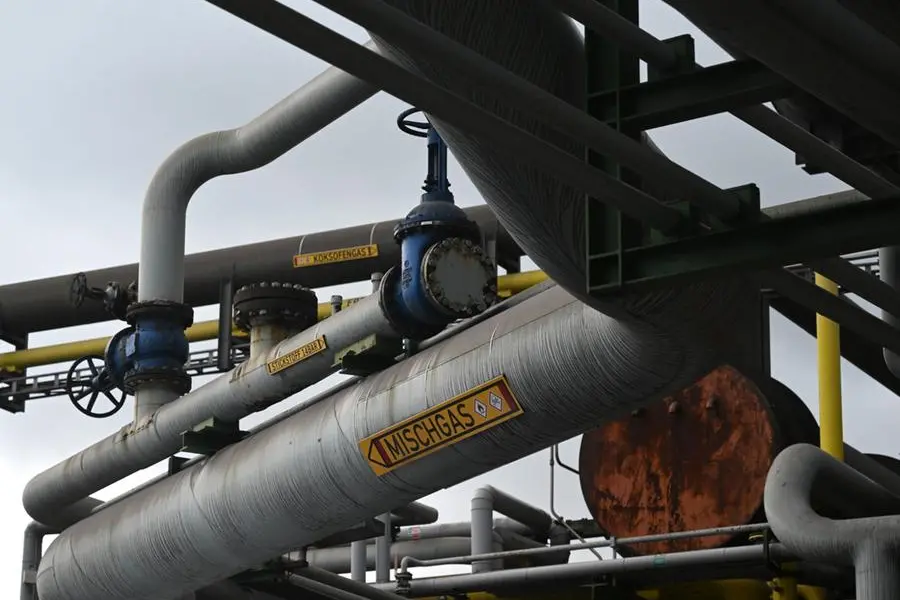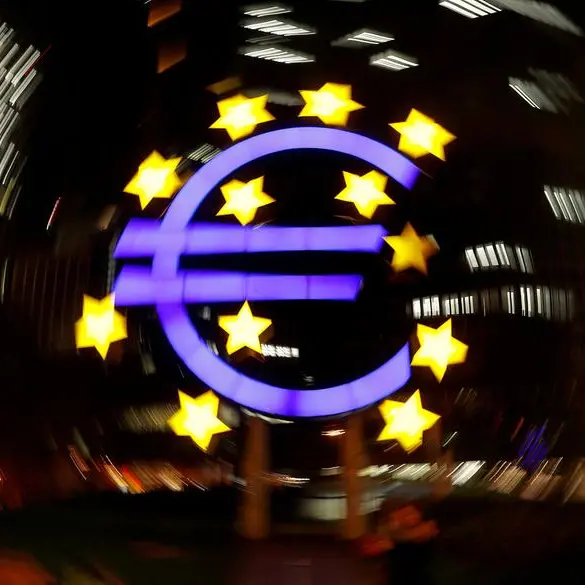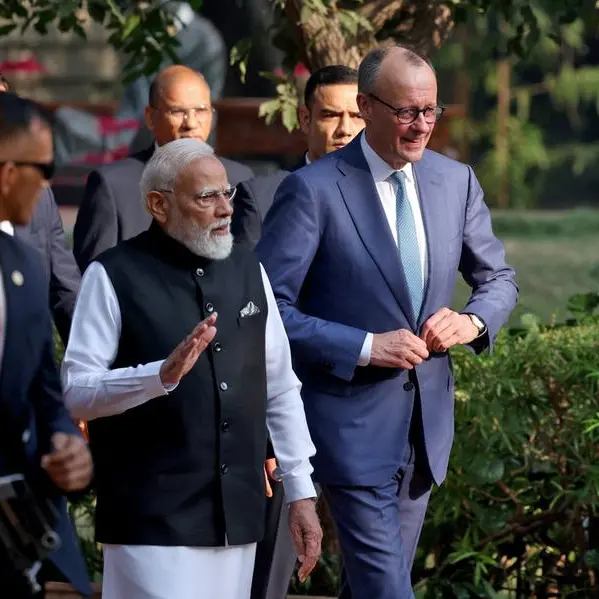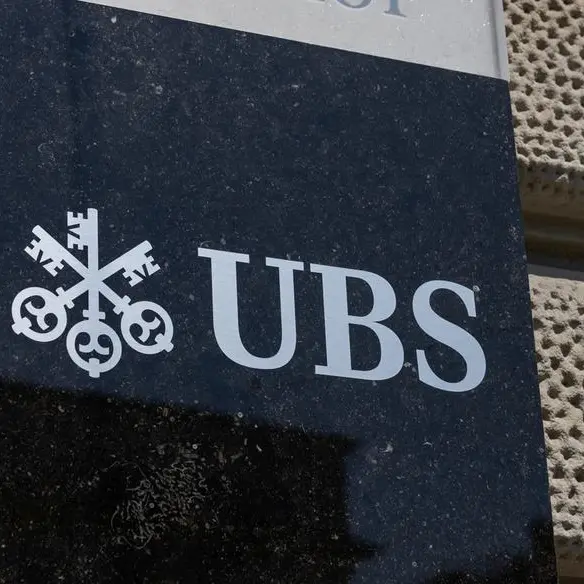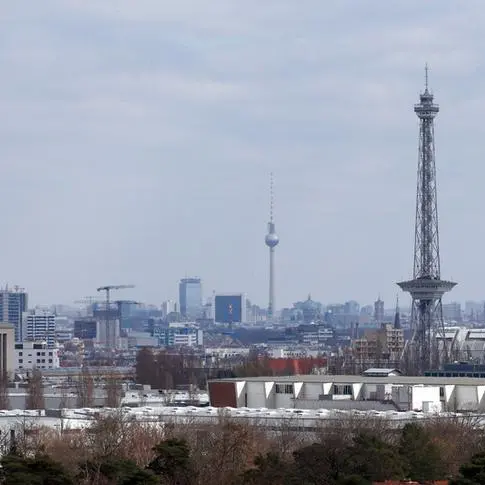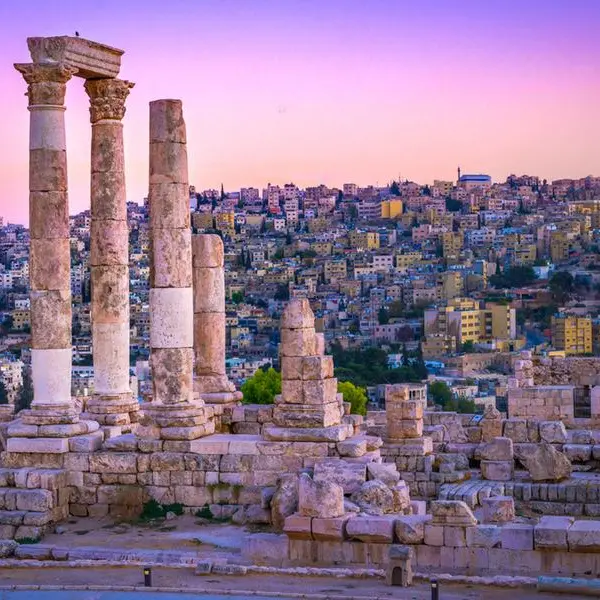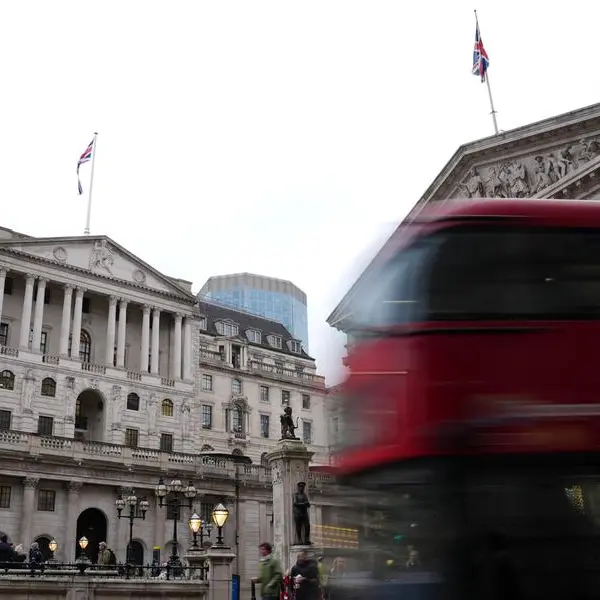PHOTO
Reserves of natural gas in the EU are filled to 90 percent of capacity well ahead of a November 1 target date, making it "well-prepared for winter," its energy commissioner said Friday.
The speedy filling of storage facilities means the bloc is "in a much more stable position than it was this time last year," when Russia's invasion of Ukraine sent energy prices soaring, the commissioner, Kadri Simson, said.
The crisis sparked by Russia's war led to the European Union adopting a law requiring the 90-percent gas storage by November 1 each year.
Before Moscow launched its invasion in February 2022, Russia accounted for nearly half of the EU's natural gas imports.
Although Russia's gas is not subject to sweeping EU sanctions, its supply to the EU has dwindled to under ten percent as Moscow has turned off the taps.
That move initially sent energy prices -- linked to the price of gas -- spiking in mid-2022, but they fell sharply towards the end of the year as Europe benefited from a mild winter and more gas was shipped in from the United States and the Middle East.
The European Commission said that, as of Friday, the European Union had filled 90.12 percent of storage capacity, equivalent to 93 billion cubic metres of natural gas.
By EU country, the levels varied.
Spain has 99 percent of its capacity filled, while France has 83 percent and Latvia 77 percent.
The commission calculates that, by having 90 percent storage filled, the EU has enough gas to cover a third of its needs over winter.
Simson cautioned that gas prices remained "sensitive", with it becoming suddenly more costly early this month because of fall-out from a strike threat at Australian gas facilities and robust Asian demand.
The commission would continue to monitor the situation, she said.
EU member countries have committed to reducing gas consumption by 15 percent between April this year and the end of March 2024.
